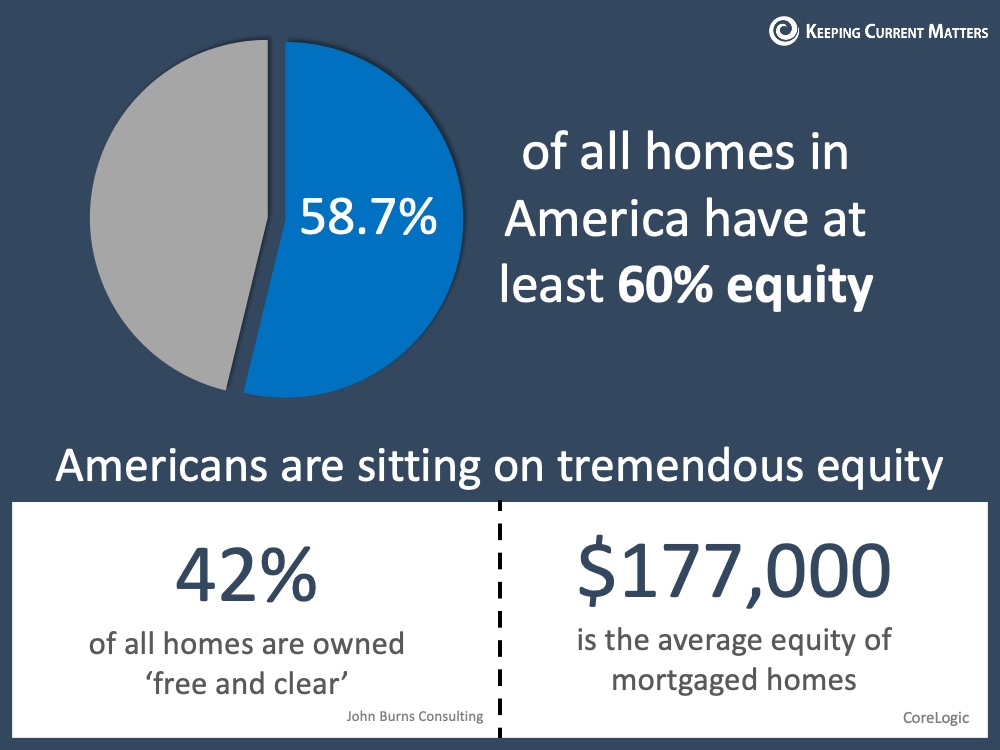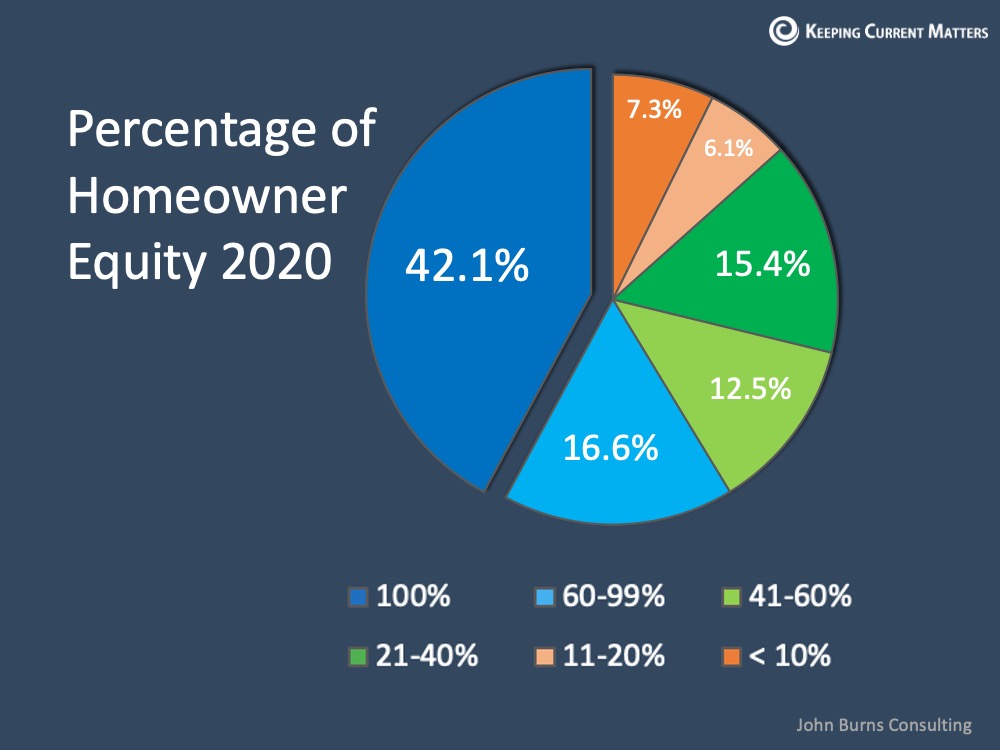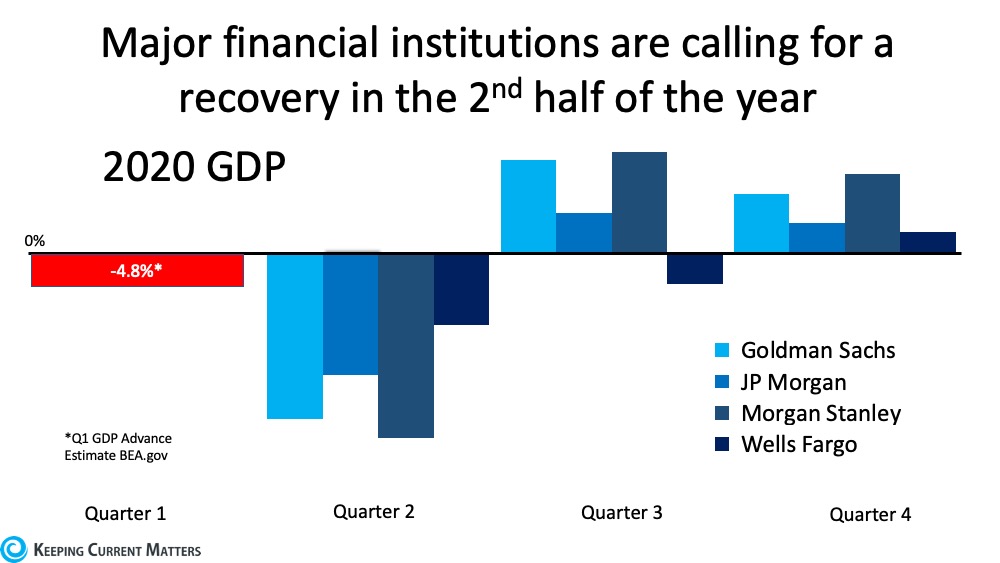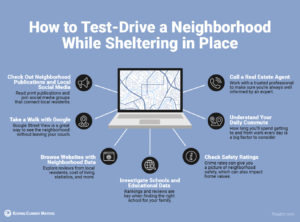With buyer choices already limited going into this spring season if you’ve been thinking about listing your house, it’s a great time to do so. Many others in your neighborhood may be waiting to make a move or removing their listings, so staying on the market – or jumping into it – could work to your advantage. Locally we are in a tight market with very few homes on the market.
Buyers today are serious ones, and with prices holding steady in this low-inventory market, you can feel confident about selling today. Embracing the process virtually, where available, could help your house hit the top of an eager buyer’s list. While your neighbors miss out on this opportunistic time, you don’t have to.
With limited buyer choices in your neighborhood, selling now may help your home listing rise to the top of the pool. Reach out to Stovall Team today to make sure you have the expert help you need to succeed in the selling process. Call me at 714.343.9294

















Local Real Estate – Love Where You Live